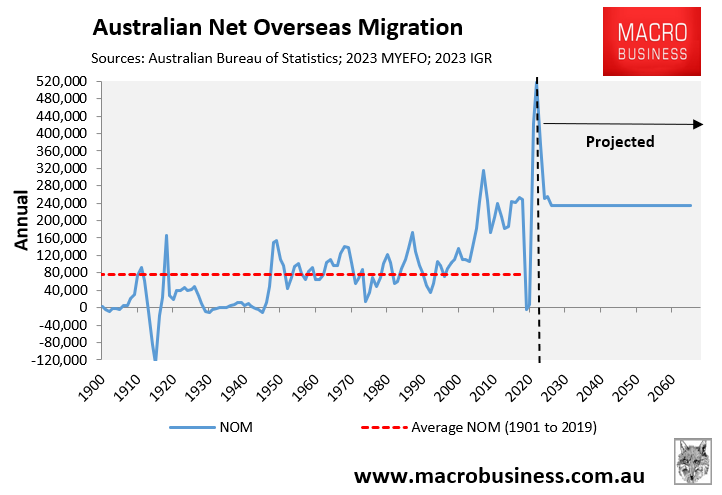Last decade, we witnessed the biggest high-rise apartment construction boom in Australia’s history, concentrated in the major cities.

This boom in high-rise apartment complexes coincided with an increase in construction faults and quality issues, such as cracking foundations, water leaks, balcony defects, and flammable cladding.
Notable examples include Sydney’s Opal and Mascot Towers, which were evacuated owing to significant cracking.
These flaws have cost owners and taxpayers millions of dollars in repair costs.
Building construction lawyer, Bronwyn Weir, cautioned that “thousands and thousands of apartments have serious defects in their buildings”, labelling the problem “enormous”.
“We have what is now you know, a systemic failure that is quite difficult to unravel”.
“Some of these buildings could potentially be a write-off”, she warned.
Engineer Leith Dawes similarly cautioned that buying an off-the-plan apartment in Australia had devolved into a game of “Russian roulette”, given the myriad of construction defects that are often unreported.
A recent NSW government strata survey found that more than half of newly registered buildings since 2016 have had at least one serious defect costing an average $331,829 per building to fix.
Research by the Strata Community Association NSW further revealed that waterproofing was the most common major defect followed by fire safety.
It also found that around one in 10 buildings had structural and enclosure issues such as defects in the roof or the facade.
With this background in mind, it was interesting to read another YIMBY propaganda article from Bloomberg calling for more high-rise apartment construction in Sydney:
“Australia is grappling with a deepening housing crisis. Yet when it comes to the most obvious solution — constructing more apartments — city dwellers are pushing back against taller buildings”, the article reads.
“Sydney’s density is so low, it’s just not funny”, said Philip Vivian, chair of the Council of Tall Buildings and Urban Habitat’s Australia chapter and managing director of Bates Smart…
“Sydney clearly has scope to grow, with one of the lowest population densities among major global cities”…
As usual, the obvious and lower cost solution of lowering net overseas migration to sensible and sustainable levels was not mentioned by Bloomberg:

Bronwyn Weir recently cautioned that ramping-up construction of high-rise apartments will almost certainly result in lowered standards and another surge in defective apartment complexes.
“Australia’s chronically undersupplied housing market is heading for another development boom and apartments will lead the way”, wrote The AFR’s Michael Bleby.
“On current estimates, 50% of what will be built will have serious defects”, Weir told The AFR in January.
Indeed, earlier this month, the NSW Building Commissioner described a recently completed $120 million luxury apartment complex as one of ‘worst’ ever seen after serious structural faults were discovered:
“Completed last year for more than $120 million, the Crownview Wollongong was described by its developers as “a striking addition to Wollongong’s skyline” with an eight-storey and a 20-storey tower sitting over a split podium”…
“With 149 apartments – some of which have been sold – the building was the subject of a prohibition order in December 2022 after serious defects were identified with the building’s structural system”…
“This is an appalling building and one of the worst I’ve ever inspected,” Mr Chandler said.
A massive public housing complex in Sydney’s southwest was also this month found to be riddled with building defects just months before social housing tenants were meant to move in.
If Australia’s building sector increases apartment construction to meet the demands of the country’s rapidly growing population, we will surely witness defects and quality issues similar to those of the previous decade.

Corners will be cut, quality will degrade, construction standards will fall, and tens of thousands of low-quality high-rise complexes will be constructed throughout our major cities.
Instead of pursuing a high-rise slum future, the federal government should restrict immigration to a level that is commensurate with the country’s ability to provide high-quality housing and infrastructure, as well as the carrying capacity of the natural environment (particularly water resources).
Lower, sustained immigration demand in line with pre-2005 norms (see black box in chart below) will encourage the building sector to prioritise quality over quantity in construction while also alleviating the country’s rental crisis.

The high-rise apartment boom of the last decade was a complete disaster, and buyers and taxpayers are now footing the bill.
Why repeat the same mistakes by increasing development rates to meet the unsustainable immigration-driven population expansion that Australians do not want or need?

